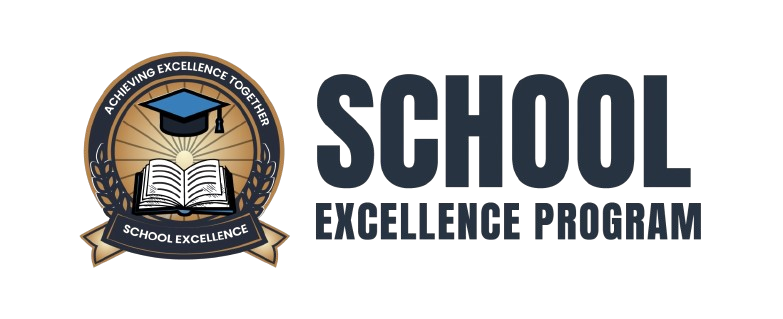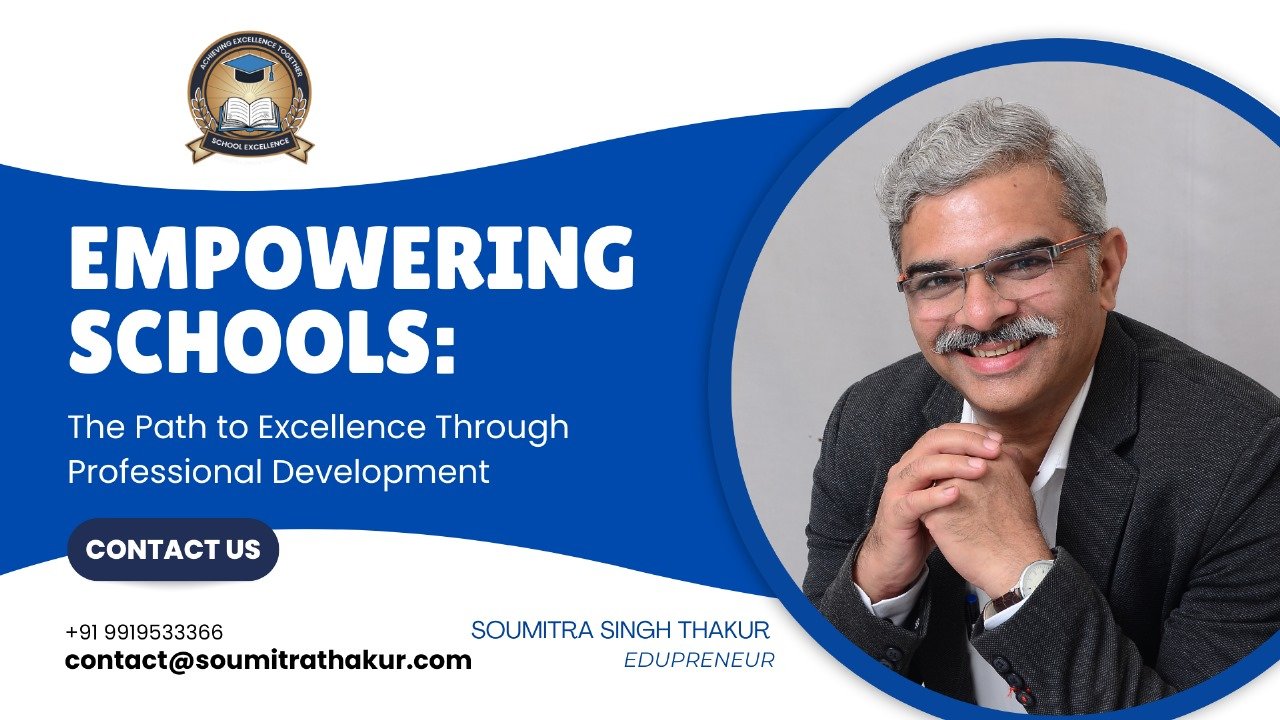Empowering Schools: The Path to Excellence Through Professional Development
Education is the foundation of a thriving society, and the strength of this foundation relies heavily on the expertise, adaptability, and leadership of educators. As schools face evolving challenges, from technological advancements to shifting educational standards, professional development becomes an essential tool in the pursuit of excellence. Investing in professional growth not only equips teachers and administrators with the skills needed to meet these demands but also fosters a school culture that promotes continuous improvement and student success.
This journey toward school excellence isn’t merely about offering more workshops or seminars; it’s about creating a culture of learning, collaboration, and innovation that empowers educators to perform at their best.
Why Professional Development is Essential for Schools
Schools are dynamic environments where the roles of educators are ever-evolving. Professional development programs address these changes by:
- Equipping Teachers with New Skills: Education is no longer limited to rote learning; teachers are expected to integrate critical thinking, technology, social-emotional skills, and creativity into their classrooms. Training provides educators with new tools and methodologies to engage students effectively.
- Fostering Leadership and Management: For administrators, professional development supports their growth as leaders who can effectively guide, motivate, and support their teams while navigating the challenges of today’s educational landscape.
- Enhancing Student Outcomes: Research consistently shows that quality teaching leads to better student performance. When teachers refine their skills, students benefit, as educators apply fresh, impactful strategies that improve engagement, understanding, and retention.
- Building a Collaborative School Culture: Professional development not only improves individual skills but also strengthens teamwork, encouraging teachers to share insights, resources, and strategies with one another.
Key Areas of Focus for Professional Development in Schools
A successful professional development program is holistic, covering both the instructional and operational aspects of education. Key areas include:
- Curriculum Development: Teachers benefit from training in curriculum design that prioritizes not only academic knowledge but also the development of problem-solving, collaboration, and critical thinking. This approach prepares students for real-world challenges and equips educators to create meaningful learning experiences.
- Technology Integration: As classrooms embrace digital tools, training on technology use has become essential. From using digital platforms for virtual classrooms to teaching students about responsible digital citizenship, teachers need guidance on integrating tech in ways that enhance learning rather than distract from it.
- Social and Emotional Learning (SEL): Today, schools place a high value on SEL to support students’ mental and emotional health. Professional development in SEL empowers educators to understand and address the emotional well-being of their students, helping them create a safe, inclusive learning environment.
- Leadership and Organizational Skills: Effective school leadership involves more than administrative tasks; it requires vision, strategy, and people skills. Training for administrators focuses on areas like conflict resolution, organizational development, policy implementation, and fostering a positive school culture.
- Diversity, Equity, and Inclusion (DEI): DEI training is crucial in today’s diverse classrooms. Educators learn to build inclusive environments where students of all backgrounds feel valued, understood, and supported. This training not only enhances empathy and cultural awareness but also prepares teachers to address bias and promote fairness in all aspects of school life.
- Classroom Management: Effective classroom management is foundational to a productive learning environment. Professional development in this area provides teachers with tools to manage behavior, build positive relationships with students, and foster a supportive, engaging classroom culture.
Strategies to Build a Culture of Continuous Improvement
Professional development is most effective when it’s ongoing and embedded in a school’s culture. Schools can cultivate this by:
- Creating Learning Communities: Collaborative learning communities allow educators to share best practices, troubleshoot challenges, and celebrate successes together. These groups often meet regularly to discuss goals, instructional strategies, and school initiatives.
- Implementing Mentorship Programs: Pairing newer teachers with experienced mentors offers invaluable support, guidance, and encouragement. Mentorship fosters knowledge-sharing and builds a sense of unity and shared purpose among staff.
- Regular Reflection and Feedback: Creating time for educators to reflect on their practices, both individually and as a group, promotes self-awareness and continuous improvement. Constructive feedback, whether from peers or supervisors, helps educators identify strengths and areas for growth.
- Hosting Development Days: Setting aside dedicated days for professional development reinforces a school’s commitment to growth. During these sessions, educators can engage in workshops, skill-building exercises, and collaborative planning, free from daily distractions.
Measuring the Impact of Professional Development
Tracking the effectiveness of professional development is key to refining programs and ensuring they meet the needs of educators. This can be achieved through:
- Observing Classroom Implementation: By observing whether new strategies are being applied in the classroom, school leaders can gauge the impact of training and provide additional support if needed.
- Gathering Feedback from Teachers: Surveys and feedback sessions allow teachers to express what they found valuable and what areas might need improvement. This input is vital for shaping future programs to better meet educators’ needs.
- Analyzing Student Outcomes: Improved student engagement, behavior, and academic performance often reflect the success of professional development efforts. Schools can track metrics like student attendance, test scores, and participation to see how professional development impacts the learning environment.
Conclusion: A Path to Empowerment and Excellence
Empowering educators through professional development is a commitment to excellence that pays dividends in all areas of school life. When teachers and administrators are supported in their growth, they become better equipped to guide students, manage their responsibilities, and foster a vibrant, positive school culture.
Ultimately, the journey toward school excellence requires an investment in the professional development of all staff members, ensuring they have the skills, support, and inspiration to succeed. By prioritizing professional growth, schools create an environment where both educators and students are empowered to reach their fullest potential.


Hi, this is a comment.
To get started with moderating, editing, and deleting comments, please visit the Comments screen in the dashboard.
Commenter avatars come from Gravatar.